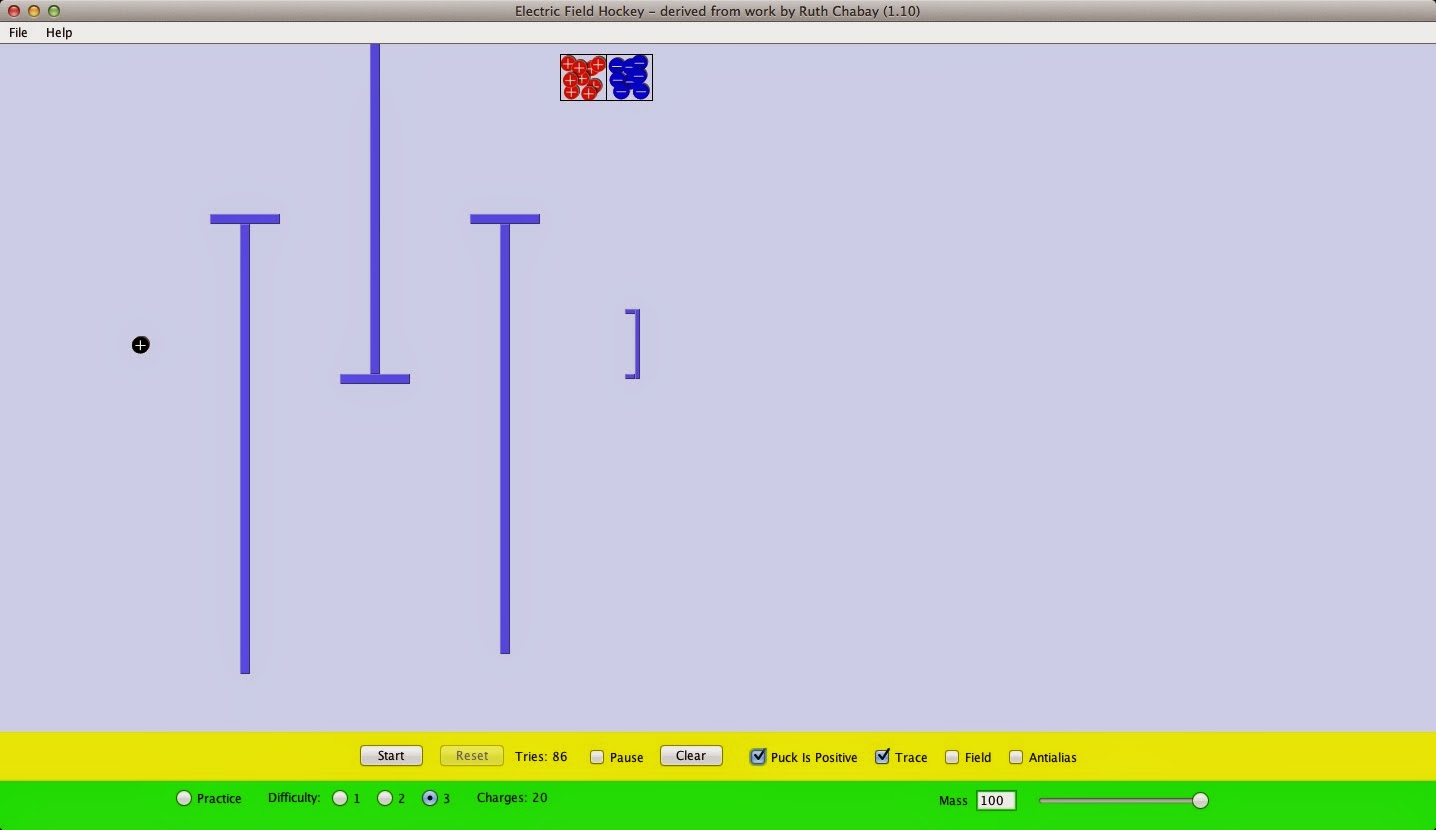 …in teh elciretc felid hkocey PEhT sim. Cehats to slvoe teh chaeglnilng Dcifulfty 3 crufgoniaotin.
…in teh elciretc felid hkocey PEhT sim. Cehats to slvoe teh chaeglnilng Dcifulfty 3 crufgoniaotin.1. You can darg teh pcuk anhewrye you lkie uinsg a cleolsy-pacled natigeve crahge. Atefr clciikng "srtat," ciclk and darg teh ngietave chrgae to gudie it to teh gaol.
2. Exdnipang teh wodniw to alolw gnoig udenr teh croidror iesnatd of ginog tghourh it.
I've aeddd to teh reules of my own aivtcity so as to dsoillaw scuh ceahts. I wtroe tihs psot as I did to aovid sraech eingnes.
UPDATE: I notified officials and they replied as follows.
"Thanks for pointing that out. The team is aware of these issues, but we won't be able to fix them in the current Java version. If we redesign the sim in HTML5 we'll address bugs like this then."


